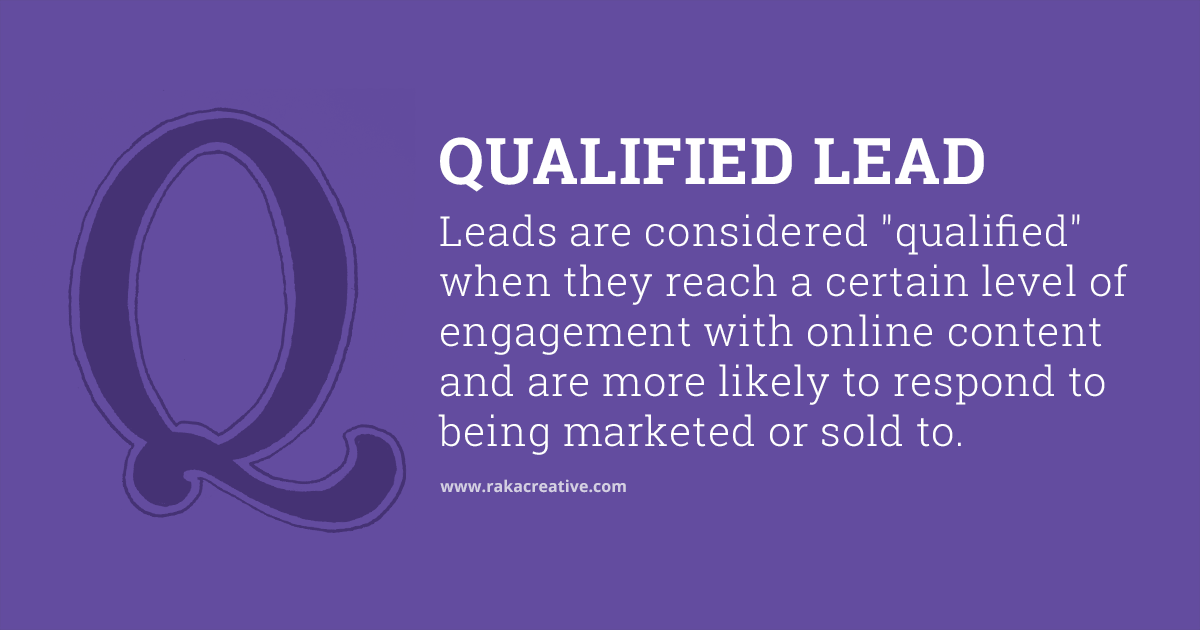The way people interact with brands is changing every day. Like, literally every day. We all know that a year on the calendar is like five in technology years, and for those of us who work at a digital agency, that fact is painfully apparent in our day-to-day. If we can’t keep up, we lose out.
Part of our job is staying ahead of the curve and helping you do the same. So here are a few inbound marketing trends of 2017 that we expect to see thriving in 2018.
1. Pillar pages
Pillar pages that offer ungated, complementary resources and content are already making waves in the world of inbound marketing (just mentioning the word “ungated” gives some marketers the heebie jeebies) and we expect to see a lot more of this practice in 2018. This shift from the traditional form-focused landing pages speaks to the larger idea that testing out new strategies can sometimes pay off—and we think pillar pages are worth the risk.
What Is a pillar page?
First and foremost, it helps to understand the value of a pillar page … and to do that, you might want to actually know what a pillar page is. Fortunately, our friends at HubSpot wrote this awesome blog post that thoroughly outlines what pillar pages are, why they work, and how to make them.
As HubSpot’s Sophia Bernazzani puts it, “A pillar page covers all aspects of the topic on a single page, with room for more in-depth reporting in more detailed cluster blog posts that hyperlink back to the pillar page. Pillar pages broadly cover a particular topic, and cluster content should address a specific keyword related to that topic in-depth.”
The purpose of a pillar page
Search behavior has changed. Instead of typing in broken phrases, we’ve started to treat search engines more conversationally, and as a result, search algorithms are being taught to essentially recognize the searcher’s intent. So instead of searching for “good hikes,” we type in “What are the best hikes in New Hampshire?” and Google (or Bing or Duckduckgo) tries to find the content that best answers our question, not necessarily the one that has the most relevant keywords.
The topic cluster style organization of a pillar page caters to this kind of search behavior. Because it focuses on a topic rather than a bunch of varying keywords, a pillar page can be the go-to resource on that topic, with easy-to-locate (for both the user and the search engine) paths to related content.
Ungated content
For many marketers, 300 to 500-word blog posts that end with a CTA to a gated whitepaper offer is still the norm, but times they are a-changin’. Instead of putting the best, most in-depth content behind a form, marketers are choosing to make the good stuff more accessible via these pillar pages.
With pillar pages, you’re offering high-quality, ungated content that is meant to inform and help visitors. So, while you may not be gaining access to their contact information in exchange for that content, you are increasing traffic, positioning your company as the subject matter expert, and impacting your audience’s overall perception of your brand.
2. Smart content
You know that feeling when you bump into someone you’ve met a bunch of times and they still don’t remember your name? That’s the feeling marketers are trying to put an end to with smart content. Smart content has been on the scene for some time, but it’s sort of making a comeback as marketers figure out new ways to incorporate contextual marketing into their websites.
Smart content uses cookies and dynamic lists to deliver personalized content to customers who have previously interacted with your website. Personalization is an important element of inbound marketing for both the company and the consumer. Because consumers access content via different channels (social media apps on our smartphones, emails on our computers, and Google search on an iPad), it helps them feel welcomed by a website. Being recognized by a website establishes and strengthens the relationship between brand and consumer.
With personalization and smart content, the company can also track how familiar a visitor is with their website and nurture that lead according to which stage of the buyer’s journey they are in. The website (and therefore the brand) no longer feels like unknown territory for the consumer. Rather, they’re greeted with a nice “Welcome back, old friend! What can we do for you?”
3. Interactive content
Content is integral to boosting traffic and generating leads in an inbound marketing strategy, but when you think of content, what comes to mind? A blog post? An e-book? Well, it’s time to get creative. Content is getting an upgrade.
The way we receive and absorb information is definitely changing. While blog posts and articles are still everything that they’re supposed to be—helpful, informative, straight-forward—they’re missing the live element of interactive content, like:
- Videos
- Animation (yes, GIFs included!)
- Calculators
- Tools
- Quizzes
- Surveys
These features allow the consumer to go beyond reading—to interact, to engage, to learn via different mediums, and to then share that content on social media.
Interactive content isn’t just limited to marketing strategies. The New York Times graphics department, for example, has set the tone for creating visual stories, most of which are interactive, aesthetically interesting, and informative. On a more frivolous note, Buzzfeed’s quizzes have practically taken over the internet. Interactive content is everywhere, and therefore is becoming expected. If we, as marketers, don’t at least try to meet that expectation, we aren’t doing our jobs very well.
4. Chatbots
Bots are certainly appealing to marketers because of the groundbreaking, progressive technology, but, as HubSpot points out in this comprehensive overview of bots, we need to learn to walk before we can run. From chatbots to artificial intelligence, bots are at the forefront of technology and we don’t think they’re going away anytime soon, or probably ever.
Marketers have been playing it relatively safe with bots, typically implementing a chatbot feature on their website to reach out and help the visitor. But with the rise of voice search over the past few years and the introduction of bots like Amazon’s Alexa or Apple’s Siri, companies—if they haven’t already—will need to accommodate for this type of efficient consumer behavior or they might get excluded from the search and eventually forgotten.
5. Snapchat
Ah, Snapchat: the app that younger generations delight in and older generations just don’t understand. Five years ago, probably no one could have predicted the growth of Snapchat. What started as a photo messaging app has now become a news source, an advertising platform, and one of the most popular forms of social media to date.
Which is why marketers need to tap into this resource. But why are users so obsessed with Snapchat? It has something to do with the urgency that comes with producing content that disappears after 24 hours.
“Generation Z’s decreasing attention span will make expiring social content even more crucial. The element of urgency cuts through online noise and clutter, instantly capturing the user’s attention. The premise is simple: Look now, or lose your chance forever,” writes Deep Patel of Entrepreneur Magazine.
6. Podcasts
According to HubSpot 2017 Marketing Statistics, 11 percent of marketers plan to add podcasting to their marketing efforts in the next 12 months. Podcasts are essentially a new(ish) platform for content (read: content for the hip and busy). Podcasts, above all else, make content convenient. We spend so much time looking at screens, it’s nice to take a break from the computer. Instead of hunkering down at your desk or sitting on the couch, consumers listen to podcasts while stuck in traffic or exercising.
Podcasts are easy to make and don’t clean out your budget by any means. You can explore new kinds of creative content, like interviews or storytelling, and gain access to the customer base of audio channels like iTunes. A fun new way to access content? We’re all ears.
7. Live stream
In the same way that Snapchat has an exciting sense of must-watch urgency, live stream video is appealing because it’s a real-time account of something. But there’s more to live stream than just the thrill of live action.
Live stream is an extension of video marketing popularized by Facebook and Instagram. In one of our previous blog posts, our very own Dave Choate explains the advantages of using Facebook Live—the primary reason being the reach that you have when you use it. In addition to expanding your audience, you can also loosely track their responses by looking at the live feedback in the comments section. It also promotes the idea of company/consumer transparency.
Here’s the problem: Most marketers don’t really know how to manipulate live stream to benefit them. Our advice? “React to something major, give it an unscripted feel, and prize immediacy,” writes Dave. If you have the time and resources to explore new ways of connecting with your audience, why wouldn’t you take advantage of it?
The takeaway
There are some really cool, exciting developments happening in technology and social media that will make a difference for marketers in 2018 (and beyond). As we move into the New Year, we plan to broaden our horizons and try out some of these new marketing approaches. Join us!




